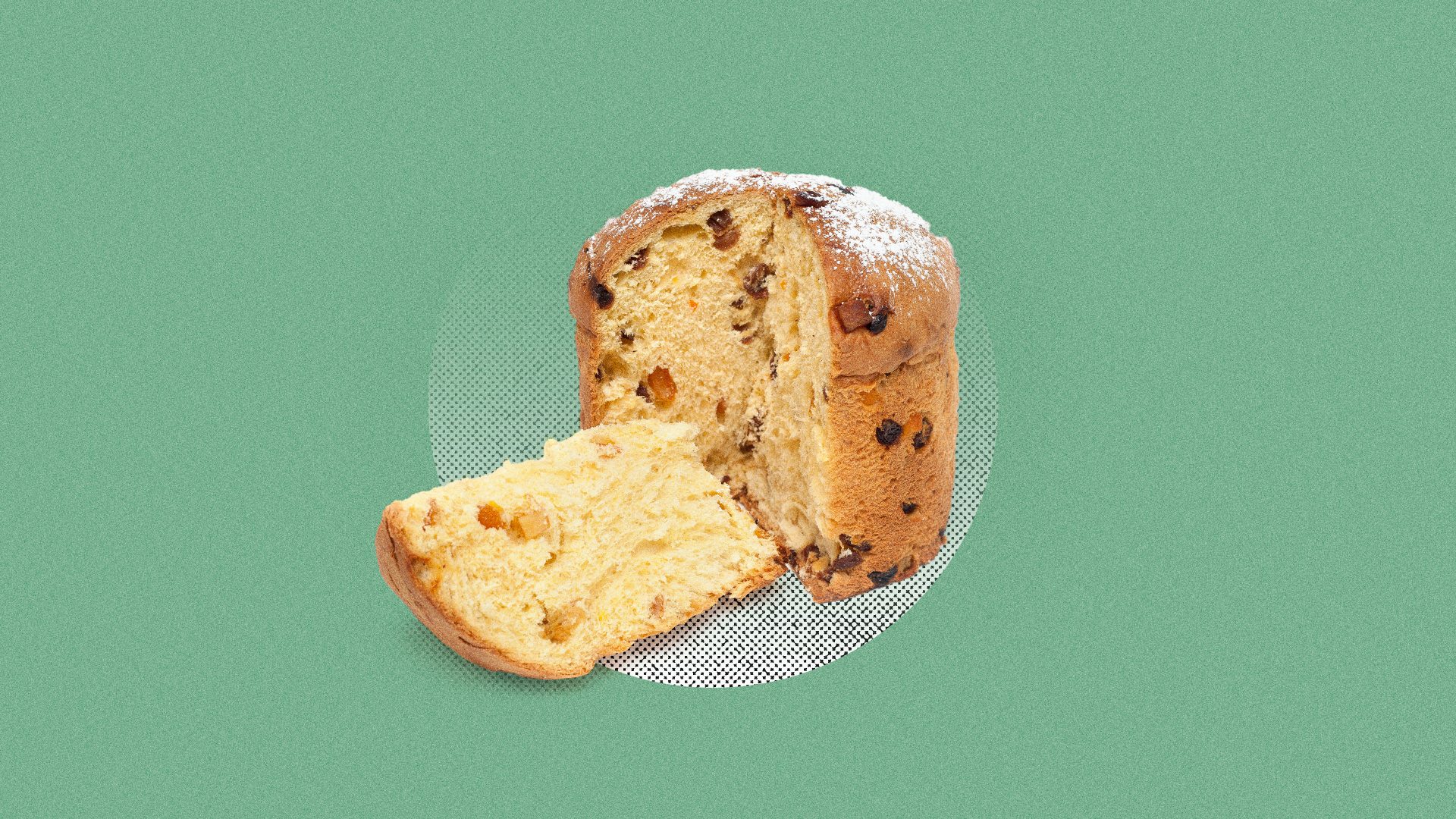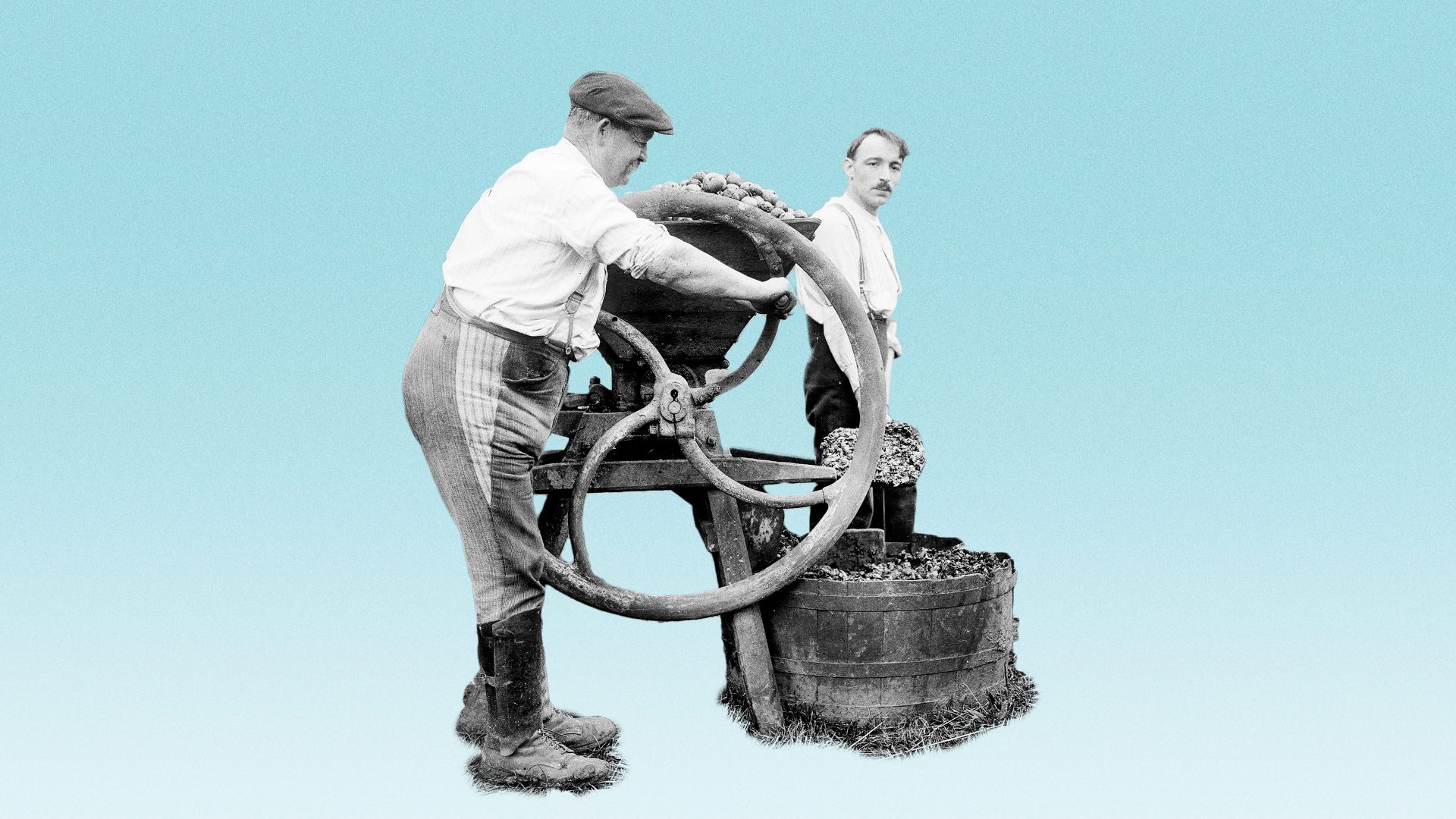Invited for lunch last weekend, with the festive season in full swing, what
should I give my kind host? It was a no-brainer: panettone, obviously. But
which of these gloriously packaged pyramids of Italian brioche should I select?
It was just a few years ago panettone could only be found at upmarket delis, or at Fortnum & Mason in London. But not so today: it’s on the shelves at every supermarket, at all price points. Even the fashion duo Dolce & Gabbana now make a panettone, sold in D&G’s iconic irrepressibly colourful tins, of course.
According to Selfridges we are abandoning traditional plum pudding as a finale to our Christmas meal, and more Brits are opting for panettone. “We expect to sell 120% more this Christmas,” a spokesman for the store tells me.
But give me romance over statistics. What continues to fascinate me is the legend associated with the origins of panettone. In the latter half of the 15th century, Ludovico il Moro presented the aristocratic family of Atellani with
a house in Milan. An old baker named Toni had his premises nearby. In the best fairytale tradition, he had a beautiful daughter, Adalgisa, and one of the Atellani sons, Ughetto, fell madly in love with her.
Unable to live without his bellissima, Ughetto contrived to be hired as a messenger boy in the bakery. Alas, business was bad and Adalgisa was always sad, and worried about her father’s financial difficulties.
So Ughetto locked himself away in his family’s ancestral library, consulted the dusty tomes and invented a new cake, made of flour, butter, eggs, candied fruit, honey and yeast.
Poor Toni could not afford to buy the ingredients and Ughetto had to lend him the money. Toni duly baked the cake and his customers found it delicious. Soon everyone wanted to buy the pane di Toni… and the rest is history.
Less romantic, but historical, details about this special cake date from the 16th century. The elegant and refined Caterina de’ Medici married Henri II and became Queen of France – it appears that “Gâteau de Milan” came to be served at court.
Mention of “pan di Natale” is to be found in a book published in 1761 by the Bolognese physician Vincenzo Tanara: the Bolognese peasants used to mix flour, honey, yeast, raisins and chunks of candied pumpkin. Whether this or the story of the lovestruck Ughetto is the true origin is hard to say – but what is certain is that, by the 1890s, panettone were delivered by post during the Christmas period.
During the 20th century, panettone became a mass-market product in Italy, thanks to two great characters and rivals, Angelo Motta and Gioacchino Alemagna. Motta, a baker who set up his own business in 1919, changed the shape of the panettone, making it taller and more rounded, and added more raisins. It was a hit, and by the early 1930s his business was operating on an
industrial scale.
Alemagna, born in 1892 and, like Motta, of humble origins, set up a bakery in the centre of Milan that became a classic meeting place for the well-heeled. Competition between the two grew increasingly fierce. In 1976 the war of the panettone ended: Alemagna was taken over by Motta.
Today it’s impossible to count the huge number of panettone brands available, not to mention all the permutations in the flavours, shapes and prices. When it comes to quality, however, it’s worth noting that the top chef Giorgio Locatelli, whose cousins’ bakery in Lombardy makes more than 20,000 panettone each year, says that he wouldn’t trust a panettone that cost less than £25.
I have asked Italian friends about when and how panettone should be eaten, and apparently there aren’t any set answers to this. Martina serves it after the Christmas meal accompanied by a glass of spumante; Cristina swears that hot M&S Madagascan vanilla custard (£2.90) poured over any panettone will make it truly memorable. I’m more than happy to try both.



